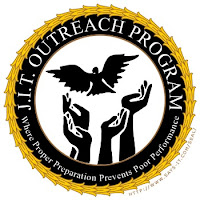During the past decade, most states have adopted legislation that permits the transfer of youth to adult courts to be tried as adults. Usually these laws target serious crimes and permit the age of jurisdiction to be lowered. Relative to the issue of juveniles in adult correctional facilities, these laws often become the basis for a juvenile to be housed in a jail if charged and awaiting court disposition or in a prison if the juvenile has been convicted and sentenced.
Between 1992 and 1996, 45 states and the District of Columbia made substantive changes to their laws targeting juveniles who commit violent or serious crimes (Torbet et al., 1996). All but 10 states adopted or modified laws making it easier to prosecute juveniles in criminal court. Nearly half of the states (24) added crimes to the list of offenses excluded from juvenile court jurisdiction, and 36 states and the District of Columbia excluded certain categories of juveniles from juvenile court jurisdiction. The list of offenses considered serious enough to warrant the transfer of youth as young as age 14 included murder, aggravated assault, armed robbery, and rape as well as less serious and violent offenses such as aggravated stalking, lewd and lascivious assault or other acts in the presence of a child, sodomy, oral copulation, and violation of drug laws near a school or park. Since 1992, 13 states and the District of Columbia have added or modified statutes that provide for a mandatory minimum term of incarceration for juveniles adjudicated delinquent for certain serious and violent crimes.
Although the legal basis for waiver varies from state to state, the trend across the country is to expand the use of waivers. This expansion is being accomplished by casting wider nets for waiver by lowering the age of adult jurisdiction, by adding to the list of applicable crimes, and by adopting more procedures by which youth can be transferred to adult court (e.g., through the discretion of the prosecutor or through legislative mandate). Waiver provisions are often applied to nonviolent offenders and, in some states, running away from a juvenile institution is grounds for prosecution in adult court (Shauffer et al., 1993).


No comments:
Post a Comment
Thank You!! Your comment has been submitted!!